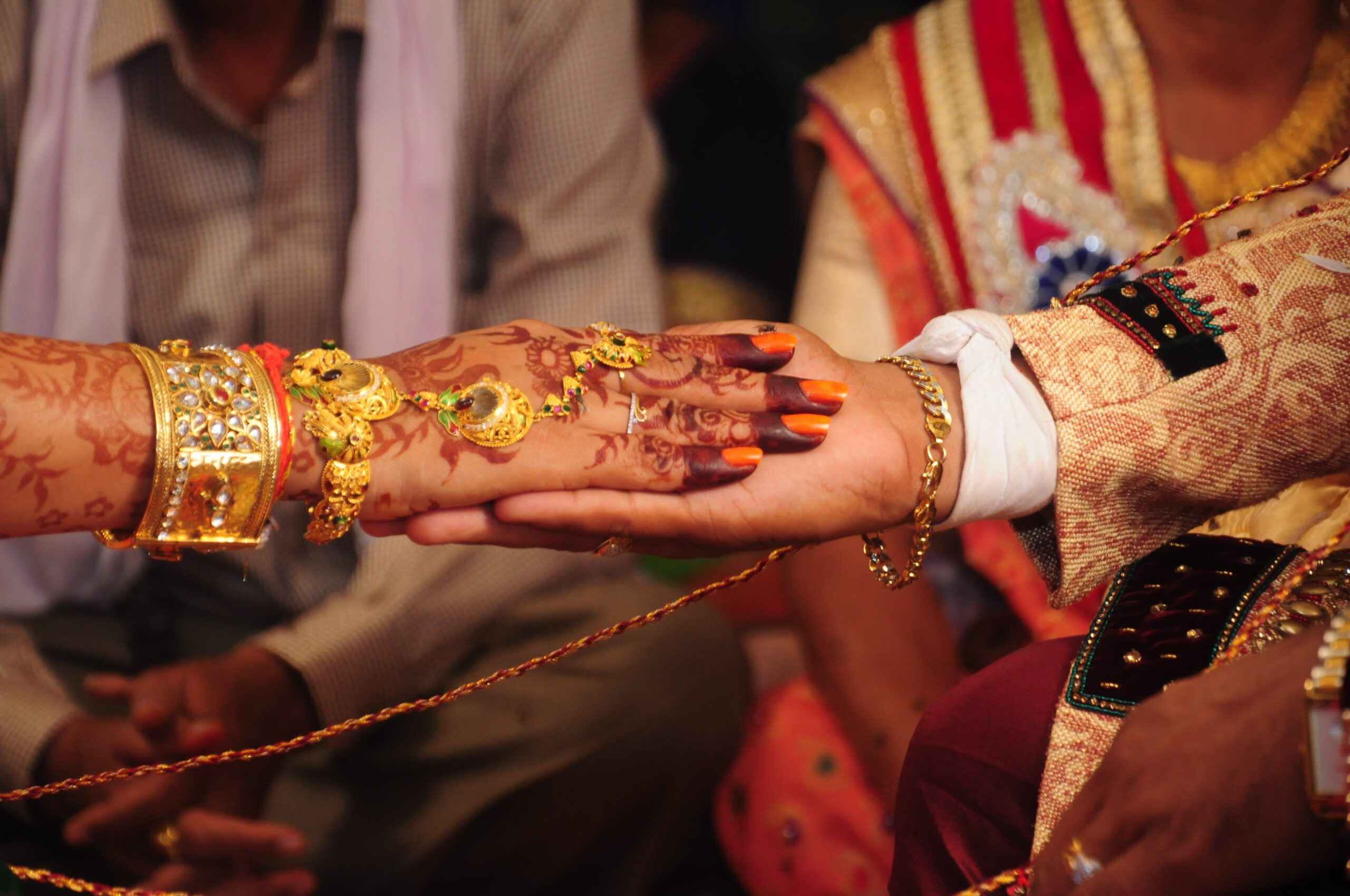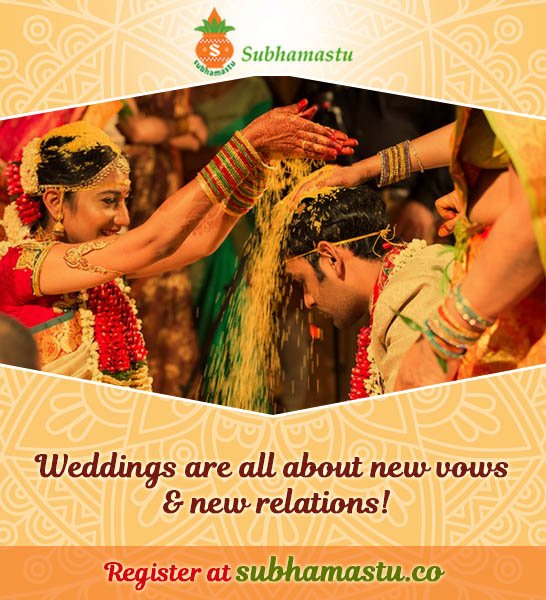Akin to a river bringing in loads of contents from the areas it passes and leaving them in the flow while adding new ones as it continues its journey, the evolution and advancement of society brings hordes of changes leaving the old customs behind and adding modified rituals to the process called life. Marriage, a vital part of life, has several bespoke rituals that vary from caste to caste. The rituals below described belonged to Kamma community, which our ancestors have earnestly followed ages ago. Subhamastu.co brings a record of such rituals for keeping our readers well-informed. However keeping in view the length of the article we would be offering this in parts.
Worshipping Ganga:
Though this ritual is not often seen in present-day marriages, it was followed by Kammas’ progenitors. Before tying the knot a bunch of dholl (pigeon pea) leaves were tied to the north-eastern post of the wedding closet and Ganga was adulated with reverence. Why our predecessors revered Ganga? A folktale existed which illustrated the reason behind Kammas revering Ganga. It states that long back Kammas took flight from Northern India to elude the antagonism and fury of a specific King, who was not entertained when he tried to marry a girl from Kamma community. Infuriated the King asked men to attack the Kamma community. To elude the King’s ire and antagonism the entire community left their abode in search of new one. In the process they had to cross the principal river Ganga. As the Kings army was nearing the group, the women earnestly prayed the river to allow them to pass it. Heeding to their prayers Ganga creates an ad hoc dry way using which the entire troupe passes the river and hides in a garden of pigeon pea (Kandi). In memory of that Kammas tie a cluster of dholl leaves and were used to worshipping Ganga.
Bridegroom younger than Bride
Kammas settled in Tamilnadu followed a rare tradition. Bridegroom was much younger than the bride and the history recorded one such incident in which a 22 year old bride was carrying her husband who was a boy on her hip. Such a custom was seen in Russia. Though the logic behind this was not readily known, the study team at subhamastu.co is endeavouring to bring in more details.
Widow Remarriage was a strict no-no
Kamma community on a whole was not a single sect but has some divisions. Primary among them were Goda Chatu Kamma (Those who hid behind the wall) and Gampa Chatu Kamma (Those who hid under the basket). But in both the sections widow remarriage was stringently prohibited. In the former i.e. Goda Chatu section the widows used to wear white while the in the latter sect, widows used to wear coloured clothes. Today we don’t see this custom as remarriages in both males and females in Kamma community, just like in other communities, have become common. With the changing demographic, social and economic attributes, getting divorced has become quite common in Indian upper class and middle class followed by remarriages.
Subhamastu is one of the most established and well known matrimony. Kamma community is the part of subhamastu that acts as platform to unite people of same community. Kamma’s are one of the most populated communities in southern part of India.




